توضیحات
دانلود حل المسائل (حل تمرین) کتاب مبانی موتور احتراق داخلی نوشته جان بی. هیوود – ویرایش دوم
این کتاب در چارت درسی گرایش مکانیک سیالات کارشناسی مهندسی مکانیک و گرایش های تبدیل انرژی، قوای محرکه خودرو در مقطع کارشناسی ارشد قرار دارد.
عنوان های فصول کتاب:
- انواع موتور و عملکرد آن ها
- طراحی موتور و پارامترهای عملکردی
- ترموشیمی مخلوط های هوا-سوخت
- خصوصیات سیال های عامل
- مدل های ایده آل سیکل های موتور
- فرآیندهای تبادل گاز
- آماده سازی مخلوط در موتورهای احتراق جرقه ای
- حرکت بار داخل سیلندر (استوانه)
- احتراق در موتورهای SI
- احتراق در موتورهای CI
- تشکیل آلودگی و کنترل
- انتقال حرارت در موتور
- اصطکاک و روانکاری در موتور
- مدل سازی جریان موتور واقعی و فرآیندهای احتراق
- مشخصات عملکردی موتور
پیش درآمد کتاب مبانی موتور احتراق داخلی به زبان اصلی:
There are about two billion internal combustion engines in use in the world today. These engines enable key areas of our daily lives, propelling our many vehicles, generating electricity, and providing mechanical power in a wide range of applications. Their origin dates back to 1876 when Nicolaus Otto first developed the spark-ignition engine, and 1892 when Rudolf Diesel invented the compression-ignition engine.
Since then, the utility of spark-ignition and diesel engines has steadily improved as our understanding of engine processes has increased, new technologies have become available, and market and regulatory requirements have become more demanding.
A sense of urgency, driven largely by our need to combat global climate change, now requires ever-faster development of better engines and fuels, and exploration of alternative approaches. Increasing engine power density and efficiency and reducing engine emissions are really important objectives.
The availability and effective use of our expanding knowledge base on engines and fuels are therefore critical. The 1988 edition of this book has served as an educational text and professional reference in response to that need for some thirty years.
More info:
Since 1988, we have steadily improved engine performance, reduced engine fuel consumption, developed air pollutant control technologies that have reduced engine emissions, improved the quality of our mainstream petroleum-based fuels, and made a start on reducing transportation’s greenhouse gas emissions.
Obviously, over these past thirty years, much new engineering knowledge relevant to engines and fuels has been developed. The purpose of this second edition of my book is to incorporate this new material, update the existing knowledge base, and make available a modern, broader, and thus more useful engine text and reference.
There is a massive amount of material, both analytical and experimentally based, available on internal combustion engines, and no text can include it all. The emphasis here is on the key physical and chemical processes that govern engine operation and design.
These include the thermodynamics of energy conversion in engines, the physics and chemistry that govern engine combustion, the engine’s fuel requirements, the important fluid flow, heat transfer, friction, and lubrication processes in engines, and the engine’s dynamic behavior. These all influence engine performance, efficiency, and emissions.
There are two main types of internal combustion engines: spark-ignition and diesel. The primary organizing approach for the material in this text is how the mixture of fuel and air formed inside the engine cylinder is ignited.
The method of ignition—spark-ignited or compression-ignited—follows each type of engine’s operating cycle, fuel requirements, mixture preparation approach, combustion process, combustion chamber configuration, method used to control load, air pollutant formation mechanisms and control approaches, performance, and efficiency characteristics, and greenhouse gas emissions.
While many engine processes are similar in both types of engines, the method of ignition is fundamentally different. The consequences of that difference underlie the overall organization of this book. The book is arranged into four major sections.
Different sections
The first ( Chaps. 1 to 5) provides an introduction to, and overview of, the operating characteristics of spark-ignition and compression-ignition (diesel) engines, defines the parameters used to characterize engine operation, and develops the thermodynamics and combustion theory required for quantitative analysis of engine behavior.
It concludes with an integrated treatment of the methods used for analyzing idealized models of internal combustion engine operating cycles.


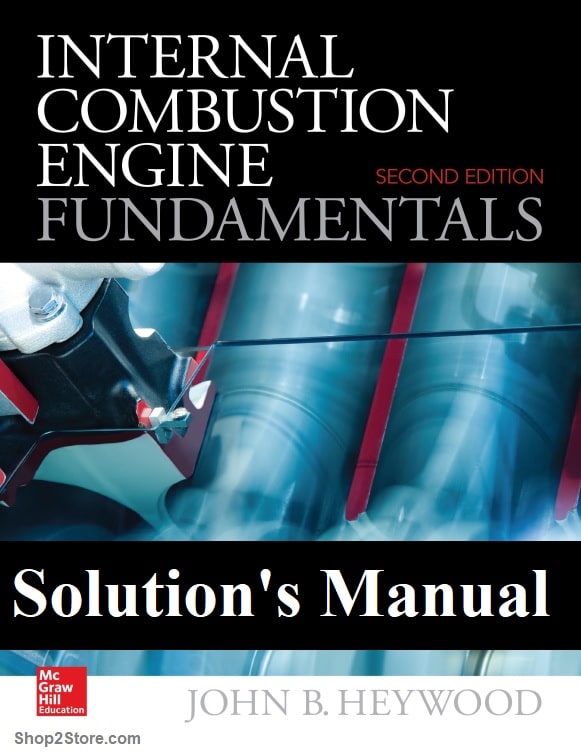
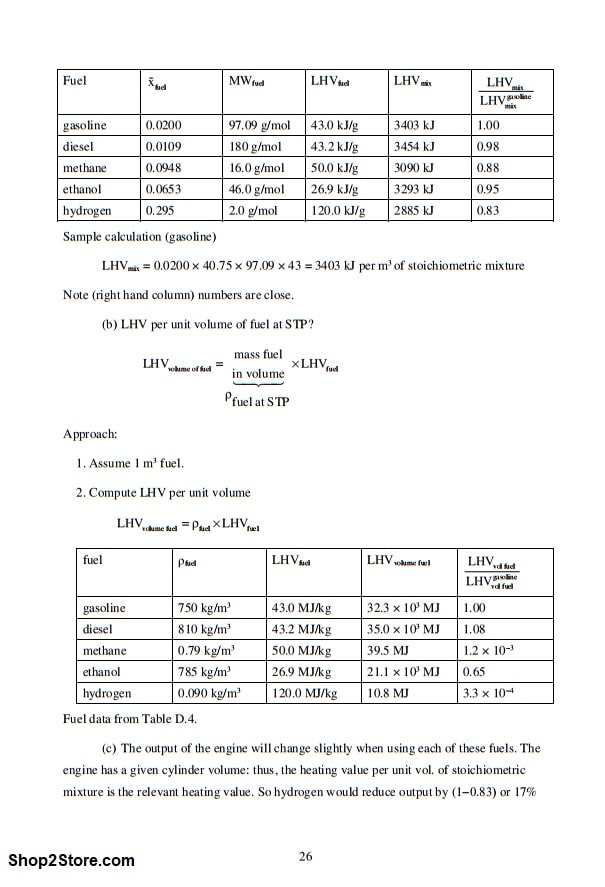
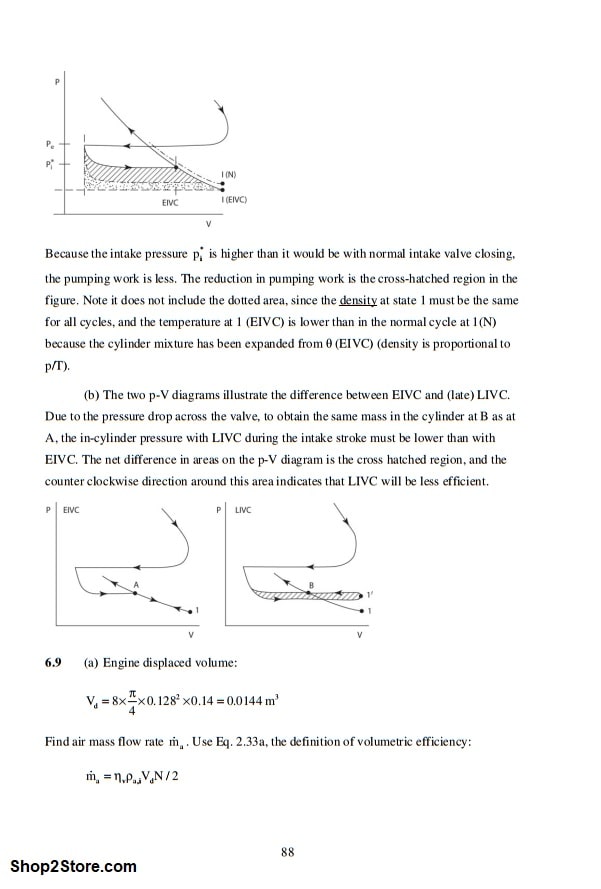
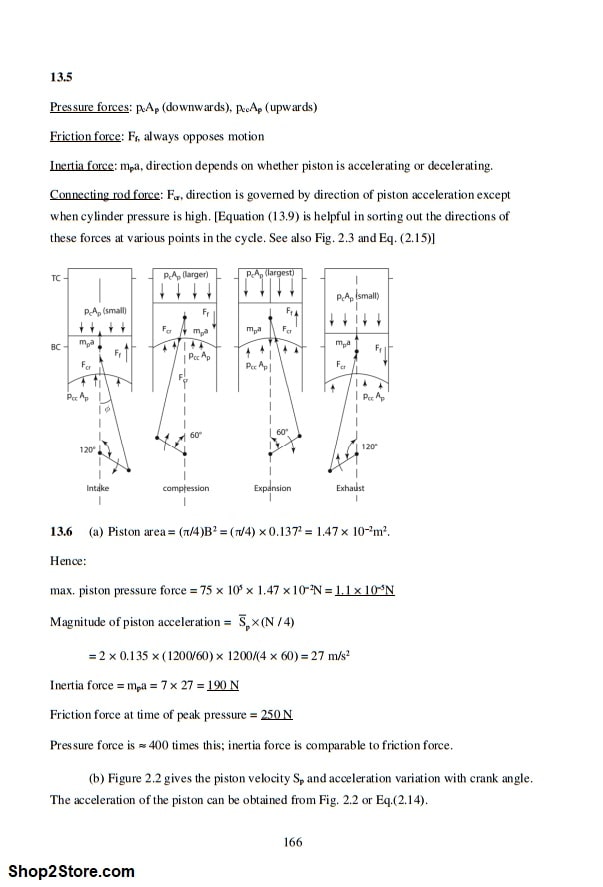
 اگر این محصول را خریداری کنید،
اگر این محصول را خریداری کنید، 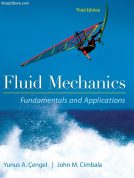

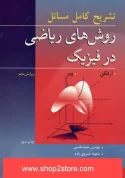
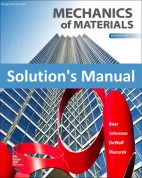
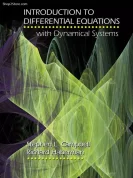
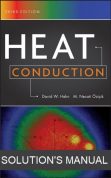
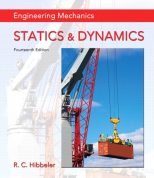
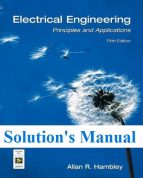
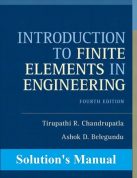
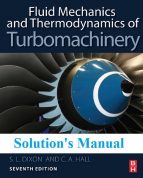
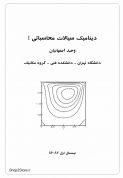
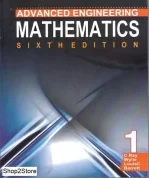
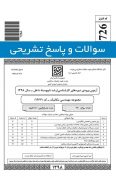


دیدگاهها (0)
Reviews
There are no reviews yet.